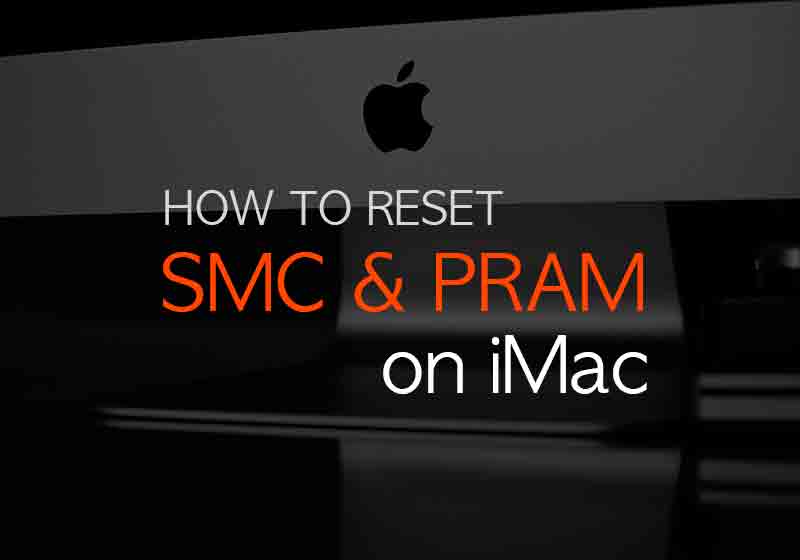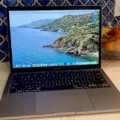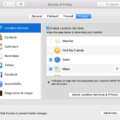Are you having trouble with your Mac? Are you looking for a way to get it back to its original state? Well, look no further! Resetting the PRAM (Parameter RAM) on your Mac is one of the best ways to solve many common problems.
So what is PRAM? It stands for Parameter RAM and holds informtion about how your Mac works. This includes settings like display resolution, time zone, startup disk selection, speaker volume, and more. When you reset PRAM on your Mac, all of these settings are reset to their defaults. This can help if you’re having problems with certain settings or applications not working properly.
Now that we understand what PRAM is, let’s learn how to reset it. Here are the steps:
1. Shut down your Mac
2. Press and hold the Command + Option + P + R keys on your keyboard
3. Turn on your Mac while still holding the keys
4. Keep holding until you hear a second startup chime
5. Release the keys and allow your Mac to restart normally
Once your Mac has restarted, all of the previously stored information in PRAM will be cleared. Your computer should now be in its default state with all settings restored to their default values. You may need to reconfigure some settings such as display resolution or time zone depending on what was changed before resetting PRAM – but overal this should help solve many common issues with your Mac’s performance!
If you’re still having issues after resetting PRAM, there are other troubleshooting steps you can take such as reinstalling an operating system or checking for hardware problems – but resetting PRAM is ofen a great place to start and can often fix many issues quickly and easily!

The Effects of Resetting PRAM on Mac
When you reset the PRAM or NVRAM on a Mac computer, your system restores the default settings for your hardware components, such as display resolution and other system preferences. Additionally, it sets your internal hard drive as the startup disk. To perform a reset, you must first shut down your computer and then press and hold the Command-Option-P-R keys immediately after turning it back on. After holding thse keys for a few seconds, your computer will reboot, which is an indication that the PRAM reset has been successful.
Resetting the PRAM (Parameter Random Access Memory)
Zapping the PRAM (Parameter Random Access Memory) is a way to reset your Mac’s built-in settings to their defaults. This can be useful if you’re having strange problems with your computer, like if it’s not recognizing certain peripherals or acting strangely in other ways. When you zap the PRAM, it deletes all of your stored preferences and settings relted to startup disk selection, time zone information, display resolution, speaker volume and other system-level customization. After it’s been reset, all of these settings will be set back to their default values.
The Effects of Resetting a Mac SMC
It is generally not bad to reset your Mac’s SMC, as it can potentially resolve certain hardware issues you may be experiencing. However, it is important to note that resetting the SMC can cause unexpected behavior and could potentially cause more damage than good if done improperly. As such, it is always recommended to make sure you have a full backup of your data before attempting any kind of reset. Additionally, if you are experiencing any kind of hardware issue prior to attempting an SMC reset, it is advised to seek professional help for diagnosis and repair.
Resetting Mac PRAM: When Is It Necessary?
You should reset your Mac PRAM (Parameter Random Access Memory) when you are experiencing any of the following issues: your computer is running slower than usual, you have problems with certain applications or your computer won’t start up properly. Additionally, if your display settings are no longer working properly, you may need to reset the PRAM. Resetting the PRAM will not delete any of your data, but it will reset some settings such as display resolution, startup volume and time zone information. To reset the PRAM on a Mac, shut down the computer and turn it back on while holding down Command + Option + P + R untl you hear a chime. If you hear two chimes, you have successfully reset the PRAM.
Does Resetting PRAM Improve Mac Performance?
Resetting the PRAM on your Mac can help improve performance and speed up your Mac in some cases. It is not a guaranteed fix for slow Macs, however, it can address various issues that may be causing your Mac to run slowly. By resetting the PRAM, you can clear out any settings that may have gone wrong or been corrupted, which can potentially improve performance. Additionally, resetting the PRAM can also address software conflicts and other hardware issues that cold be causing problems with your Mac’s speed.
The Effects of Resetting NVRAM on Mac
No, it is not bad to reset NVRAM on a Mac. Resetting NVRAM is a quick and easy way to troubleshoot a misbehaving Mac, as it can help resolve issues reated to volume, display resolution, brightness, startup-disk selection, and time settings. It does not delete any data from your storage drive or require any tools or repair experience.
Does Unplugging the Battery Reset the System Management Controller (SMC)?
Yes, unplugging the battery will reset the System Management Controller (SMC) on a Mac computer. This is because removing the power and discharging any residual charge will reset the SMC. If your Mac isn’t responding correctly or is having issues with its fans, lights, power, or other hardware features, then unplugging the battery and leaving it unplugged for a few minutes may help resolve tese issues.
Resetting a Mac Without Losing Data
To reset your Mac without losing everything, you can use the macOS Recovery utility. To do this, make sure your Mac is turned off and then press and hold the Command (?) and R keys on your keyboard while pressing the power button. This will initiate macOS Recovery, from which you can select “Restore from Time Machine Backup” and click “Continue” to restore your files from a previous backup.
Using Safe Mode to Fix Mac Problems
Safe Mode is a feature of MacOS designed to help you troubleshoot and fix issues with your Mac. It works by disabling some software and services during the boot process, running a disk check to make sure the startup disk is healthy, and deleting system caches whih can be recreated. It’s not a cure-all for all Mac problems, but it can often resolve common issues such as slow performance, unexpected crashing, or difficulty connecting to certain networks. If you’re having difficulties with your Mac, it’s worth trying out Safe Mode to see if it helps.
Unable to Boot Mac in Safe Mode
It is possible that you cnnot boot your Mac in Safe Mode due to improper startup security settings. This could be caused by a FileVault or Firmware password that is preventing the Mac from starting in Safe Mode. To resolve this issue, you can try disabling the FileVault by opening System Preferences > Security & Privacy > FileVault. If this does not work, then it may be worthwhile to consult a professional who is experienced with Macs and troubleshooting boot issues.
Conclusion
In conclusion, resetting the PRAM or NVRAM on a Mac by pressing and holding the Command, Option, P, and R keys rigt as you turn the computer on is a relatively safe practice. It can help restore your computer’s default settings, set the internal hard drive as the startup disk, and even boot your computer in Safe Mode if necessary. However, there is always a slight risk that resetting the PRAM could cause some damage to your Mac’s logic board. As such, it is important to make sure that any hardware issues are already addressed before attempting to reset the PRAM.








